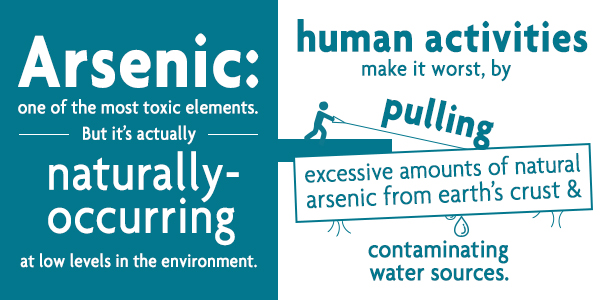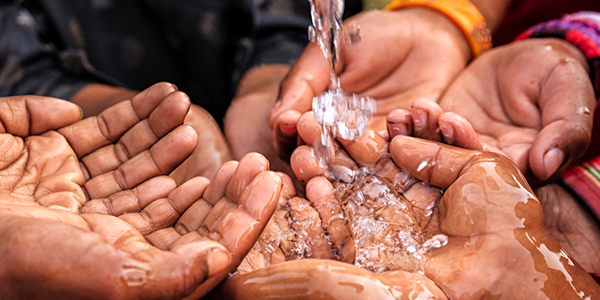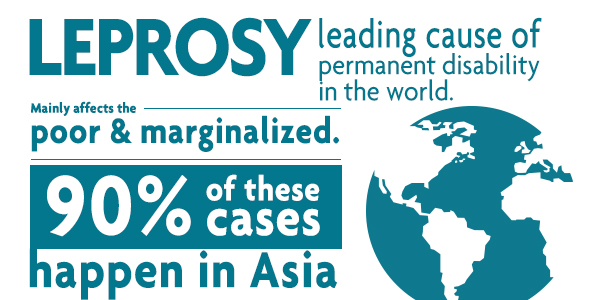INNOVATE
From lab to life

The value of any innovation lies in solving real-life problems. See how these companies worked with A*STAR to transform lab prototypes into real world applications.
At the turn of the 20th century- Bangladeshi children were dying from diarrhoea in record numbers due to contaminated water from ponds and rivers – the country’s main sources of water.
To solve Bangladesh’s water poisoning problem- several World Health Organization (WHO) officers worked together with the Bangladeshi government to tap into an alternative water source – groundwater wells.
However- the officers didn’t realize back then that Bangladesh’s delta regions and mountains were rich with high levels of naturally-occurring arsenic – which seeped into the groundwater as deep wells were drilled into the ground.
Arsenic poisoning continues to render most of Bangladesh’s groundwater unfit for consumption up to this day.

"It was a huge problem. When we went into the villages- we could see the effect of arsenic poisoning - skin lesions- warts- and at least one person per two families has died from arsenic-related illnesses-"
said Desmond Kang- General Manager of Asxban Technologies- a Singaporean company that has been trying to tackle this problem since 2011.
“A*ccelerate (A*STAR’s commercialisation arm) had an arsenic-absorbent powder ready for market development- and they convinced us of this opportunity to expand our current product offerings. That’s how Asxban was born-” Desmond explained.
Asxban licensed the arsenic-absorbent technology from A*ccelerate, and worked closely with the team to make sure that the product was commercially-ready. The company went on to develop a range of ultra-filtration solutions- which could remove high levels of arsenic and fluoride from contaminated groundwater.
The water purification technique uses very little electricity- an important factor in remote areas with intermittent or limited power supply.

These filters have since been deployed in a remote Indian village in Bihar- India and may be rolled out to another 600 villages. At the same time- Asxban is also working on filtration projects with local partners in Bangladesh- Cambodia- Tanzania and Italy.
We have been a water dispenser company for around 20 years- providing point-of-use water purifiers for homes and offices. We would not have thought of entering this field if not for the discussion that we had with A*ccelerate.
Is global elimination of leprosy possible?
On the surface- a cure for leprosy may seem insignificant compared to having clean water. However- global elimination of leprosy has been a moving target for over a decade.
A chronic- contagious disease- leprosy can cause progressive and permanent damage to the skin- nerves- limbs and eyes. For instance- people with leprosy may not be able to close their eyes to sleep or lift objects with deformed fingers.
Although leprosy has been successfully eradicated in developed countries- poverty remains the greatest obstacle to eliminate the disease in other parts of the world.

"70% of these cases are in Asia- especially in rural parts of India- Indonesia and other developing countries with large impoverished populations-" said Dr. Astrid Irwanto- an innovation fellow at the Genome Institute of Singapore (GIS)- one of A*STAR’s research institutes.
According to Dr. Irwanto- it’s difficult to eliminate leprosy partly because “if 1% of the villagers reacts badly to dapsone- one of the components of the global anti-leprosy drug- the local health authorities will stop treatment for the entire village. However- not everyone will get adverse drug reaction. In fact- this may prevent effective treatment and reduction of leprosy in the community.”
Leprosy’s contagious nature and slow incubation period make complete eradication even more challenging.
“Leprosy exists as a health disease in limbo. Too large to be considered eliminated and with too few cases to get the final resources needed for true elimination”
Source: WHO
Shorter journey from lab to life
To solve this problem- Dr. Irwanto and her colleagues developed a kit that is faster and more affordable than existing commercial solutions. The kit can identify a single genetic biomarker for dapsone hypersensitivity- to determine if a patient is prone to adverse reactions to leprosy medication.
She has since founded Nalagenetics to pilot her kits in Papua- Indonesia- with full backing of the health authorities there.
"A*ccelerate helped to facilitate the smooth licensing of this assay developed at GIS. This helped us to develop and deliver a test at a more affordable cost which definitely benefitted the patients-” she said.
These genetic testing kits are also now developed to test drug adversity for diseases that are more prevalent in Singapore- such as cancer- heart and blood diseases.
Innovating for our world
Innovation always brings about new possibilities – but it is only through proven usage in real-world scenarios that they make meaningful differences in peoples’ lives.
By translating research prototypes from lab to life- companies like Asxban and Nalagenetics can now develop solutions that make a real impact for communities and the world.
Note: A*ccelerate was formerly known as ETPL
Collaborate with A*STAR
Companies interested to collaborate with A*STAR- can find out more at: http://bit.ly/astaraccelerateWas the article helpful?
A*STAR celebrates International Women's Day

From groundbreaking discoveries to cutting-edge research, our researchers are empowering the next generation of female science, technology, engineering and mathematics (STEM) leaders.
Get inspired by our #WomeninSTEM
